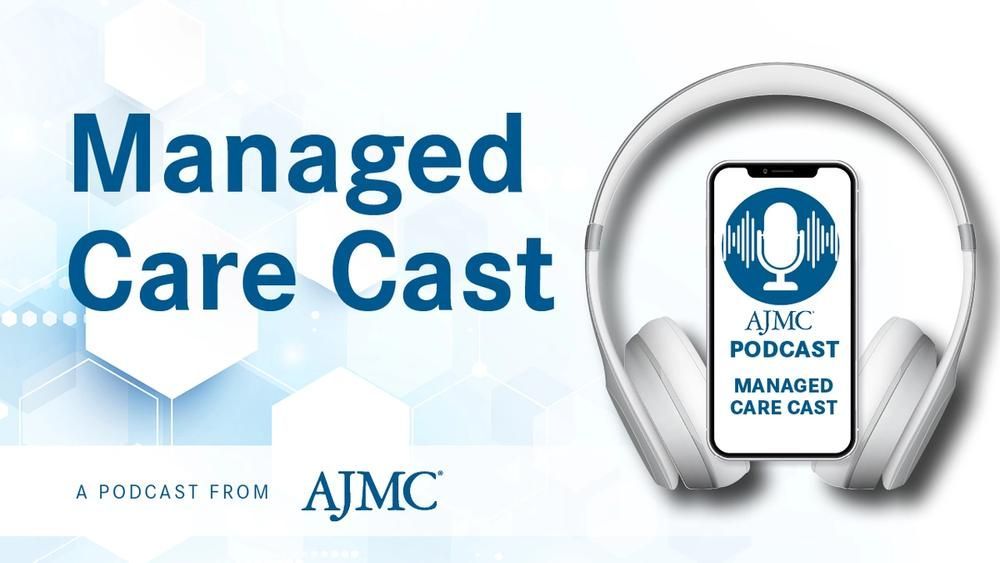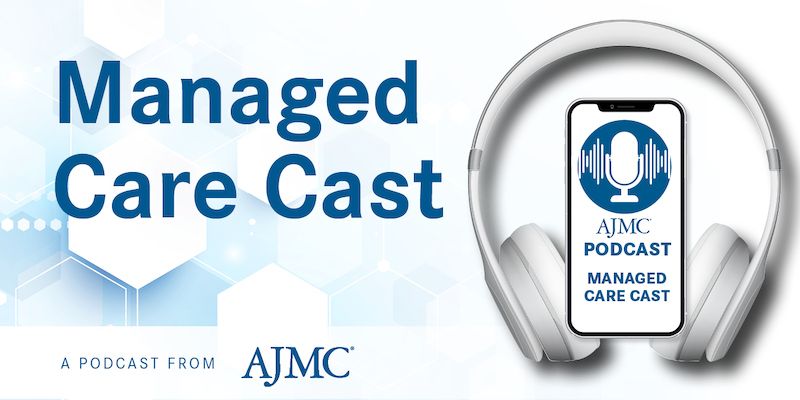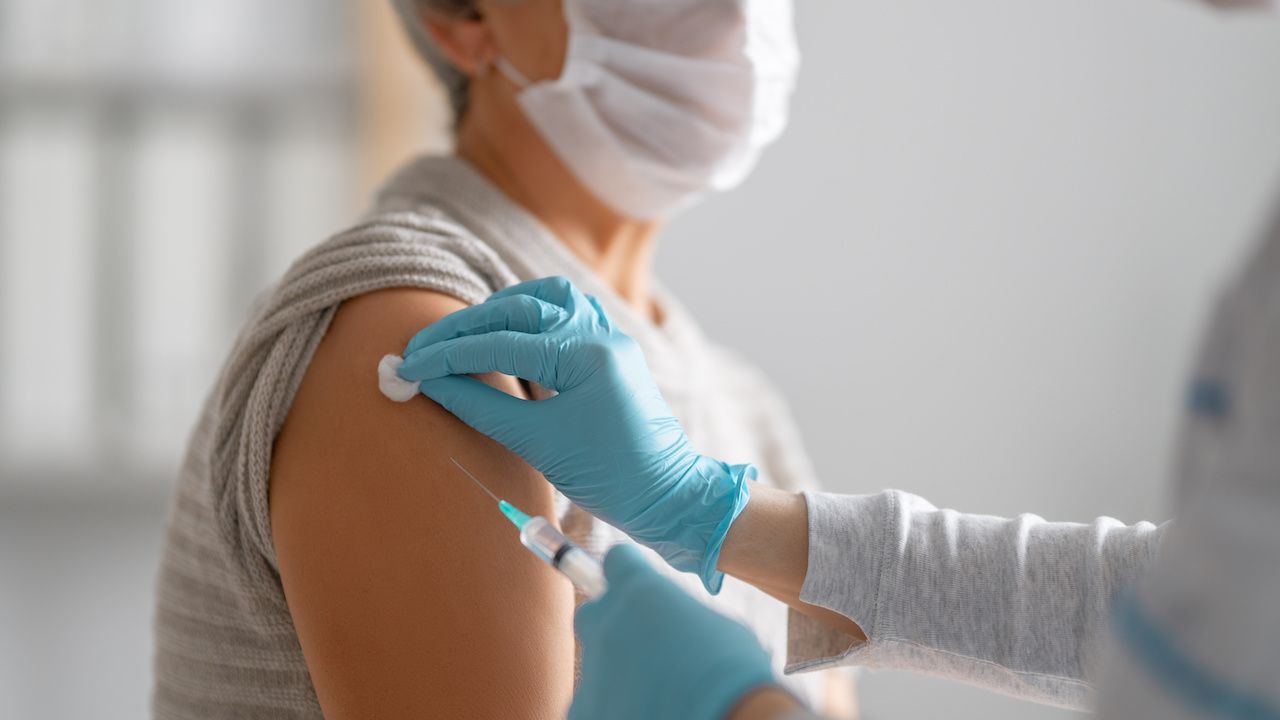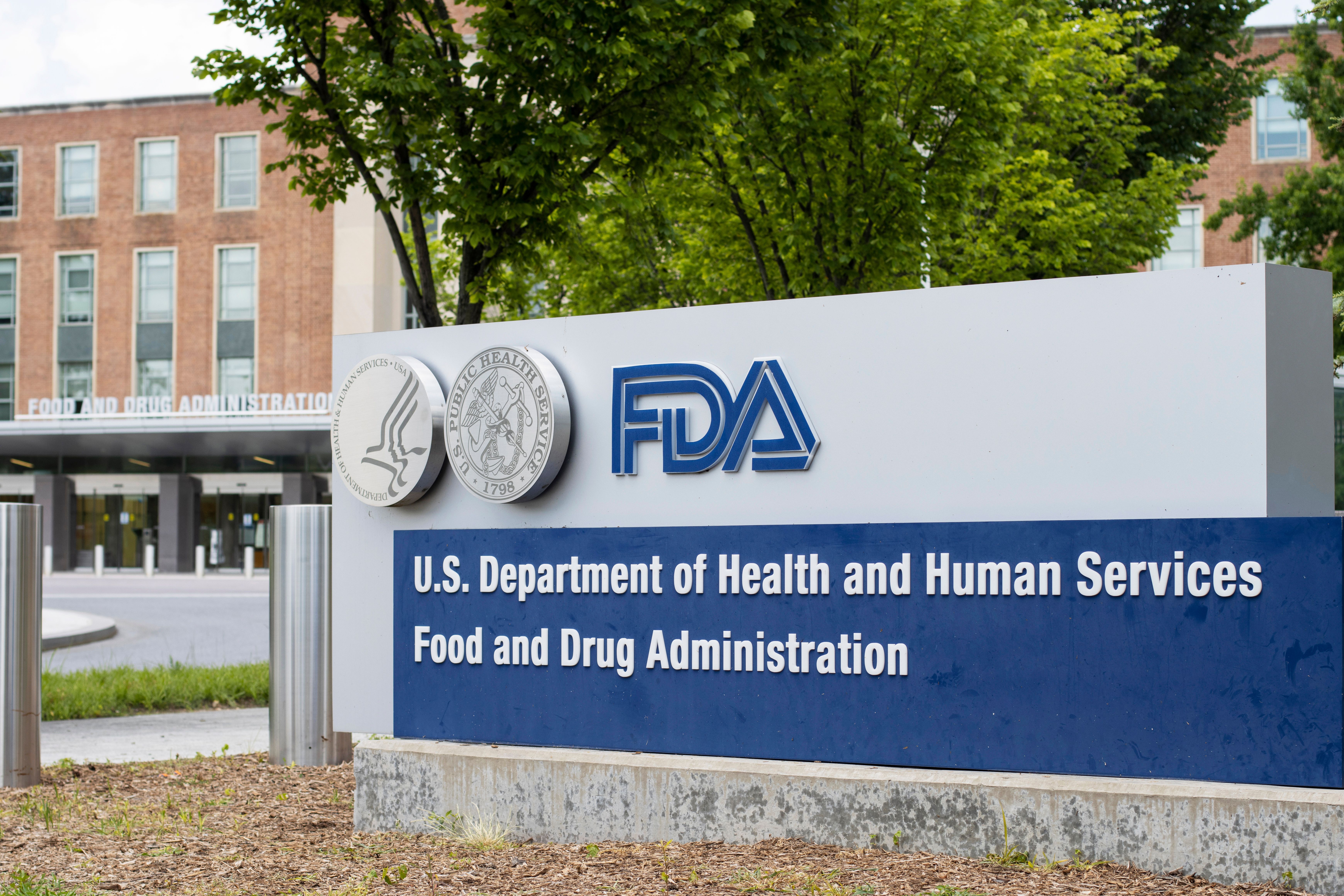News
Article
Radiation Bridging Therapy Boosts CAR T Outcomes in R/R LBCL
Author(s):
Key Takeaways
- Radiation bridging therapy during CAR T-cell manufacturing improves outcomes in R/R LBCL compared to systemic bridging therapy.
- Axi-cel shows superior overall and complete response rates compared to tisa-cel in R/R LBCL treatment.
In this comparative analysis, patients with relapsed/refractory large B-cell lymphoma (R/R LBCL) received bridging therapy via radiation or systemic treatment while their chimeric antigen receptor T-cell therapy (CAR T) was being manufactured.
Patients whose relapsed/refractory large B-cell lymphoma (R/R LBCL) reaches a steady state following radiation bridging therapy during the manufacturing process of their chimeric antigen receptor T-cell (CAR T) are more likely to have positive outcomes following CAR T vs patients with R/R LBCL who instead receive systemic bridging therapy.1
Bridging therapy is often required for patients to maintain disease control from when they undergo apheresis to their CAR T infusion, the study authors noted.
Findings recently published in Current Oncology show that patients who received axicabtagene ciloleucel (axi-cel [Yescarta]; Kite; n = 50) or tisagenlecleucel (tisa-cel [Kymriah]; Novartis; n = 50) following radiation bridging therapy had superior survival outcomes compared with those who did not undergo bridging therapy or who received systemic bridging therapy: 60% vs 59% vs 35%, respectively (P = .06). Patients’ responses were evaluated via PET-CT at 1 and 3 months post infusion and then as needed until evidence of complete response or confirmed progressive disease.
This most recent analysis encompassed the first 100 patients with R/R LBCL who received axi-cel or tisa-cel at Hôpital Maisonneuve-Rosemont in Montréal, Canada; there were no manufacturing failures. These CAR Ts are approved for use and reimbursed by public health insurance in Canada for R/R LBCL, in addition to diffuse LBCL, high-grade BCL, transformed follicular lymphoma, and primary mediastinal LBCL. Health Canada first approved axi-cel in 2019 and tisa-cel in 2018.2,3
Patient Outcomes1
Patients who received tisa-cel vs axi-cel were older (64 vs 56 years; P = .001) and had 36% more time between apheresis and infusion (49 [range, 24-127] vs 36 [range, 24-126] days; P < .001). However, more patients would have been eligible for the JULIET (NCT02445248) trial that investigated tisa-cel than for the ZUMA-1 (NCT02348216) trial that investigated axi-cel: 72% vs 14%.
Superior progression-free survival was associated with reduced 54% risk of disease progression after radiation bridging therapy only. | Image Credit: © LASZLO-stock.adobe.com
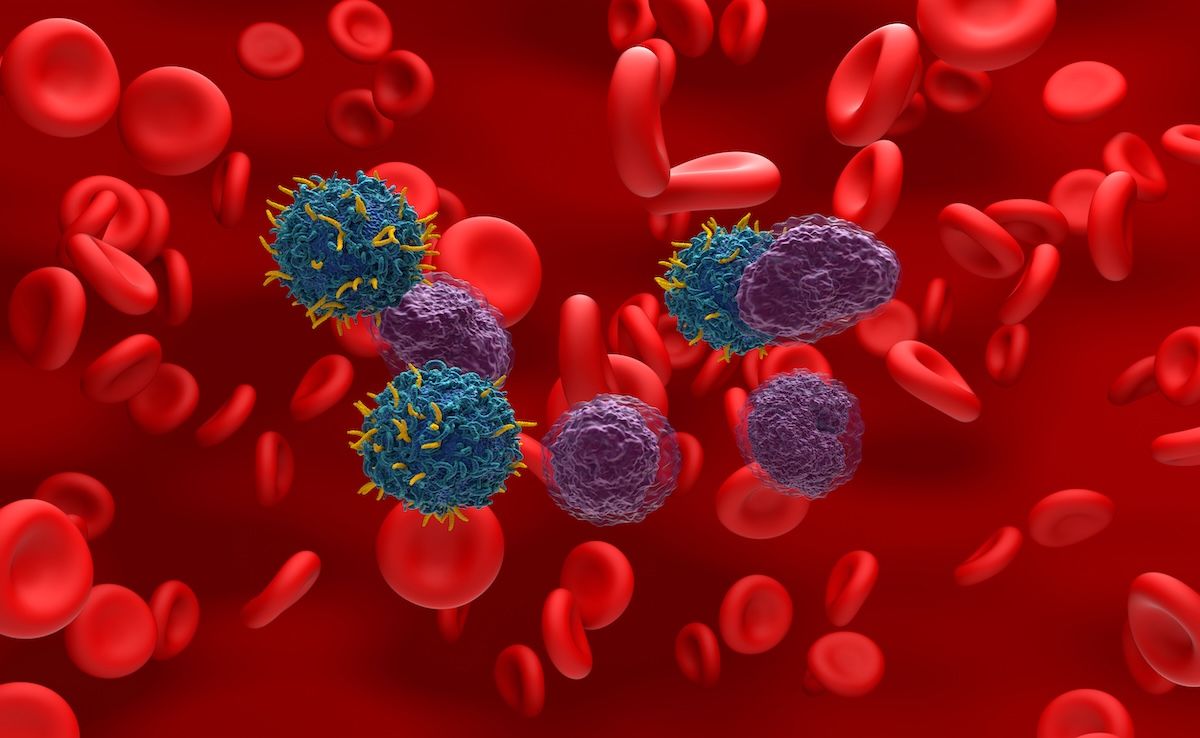
Of the overall patient population, 20 did not undergo bridging therapy, 48 underwent radiation bridging therapy, and 32 underwent systemic bridging therapy. At apheresis, 55%, 54%, and 91% had stage III or IV disease, respectively (P < .01); 0%, 19%, and 28% had bulky disease (P = .04); 35%, 58%, and 84% had elevated lactate dehydrogenase (LDH) (P < .01); and 15%, 15%, and 41% had 2 or more extranodal sites (P = .06).
At lymphodepletion, 70%, 48%, and 75% had stage III or IV disease (P = .03); 5%, 15%, and 19% had bulky disease (P = .38); 45%, 48%, and 72% had elevated LDH (P = .07); and 10%, 23%, and 44% had 2 or more extranodal sites (P < .01).
By the time of infusion (all P = .03), progressive disease was the most common outcome by far, with 80% of those who did not receive bridging therapy, 46% of those who underwent radiation bridging therapy, and 59% of those who underwent systemic bridging therapy experiencing this. Twenty-seven percent of the radiation cohort and 6% of the systemic cohort had partial responses, and 13% and 16%, respectively, had complete responses. Stable disease was most common in those who did not undergo bridging therapy but also happened at a rate 2.5 times higher among those who underwent radiation vs systemic bridging therapy (15% vs 6%).
For radiation, a total of 75 sites were treated, with the abdomen/pelvis (n = 32) being the most common, followed by the thorax (n = 22), head/neck (n = 7), axilla (n = 6), extremity/soft tissue (n = 5), and bone (n = 3).
Overall, axi-cel produced superior results vs tisa-cel: 84% overall response rate and 78% complete response rate vs 60% and 42%, respectively. The median follow-up was 16 months (95% CI, 11.4-21.2), and the median hospitalization post infusion was 15 (range, 7-70) days. For those who were admitted to the intensive care unit (26% overall), more were admitted who received axi-cel vs tisa-cel (32% vs 20%).
Inferior progression-free survival was associated with the following factors:
- Receipt of tisa-cel vs axi-cel (HR, 4.1; 95% CI, 1.95-8.62)
- Elevated LDH at apheresis (HR, 5.69; 95% CI, 1.72-18.82)
- Progressive disease between apheresis and infusion (HR, 2.13; 95% CI, 1.04-4.35)
Superior progression-free survival was associated with a reduced 54% risk of PD (HR, 0.46; 95% CI, 0.22-0.96) after radiation bridging therapy only.
Conclusion
“At the time of our analysis, CAR-T therapy was only available in the third line or later,” the authors wrote. “With CAR-T now accessible in the second line, our findings remain relevant, especially for patients with limited disease amenable to comprehensive RBT.”
They add that although more trials are needed to refine radiation therapy use in this setting—regarding optimal dosing, fractionation, field sizes, and timing relative to CAR T infusion—their findings provide compelling evidence for the use of radiation bridging therapy in the third-line setting or later.
In the US, patients who have failed at least 2 prior lines of conventional chemotherapy are qualified to receive axi-cel or tisa-cel, with approvals for this indication coming on the heels of positive findings from ZUMA-1 in 2022 and JULIET in 2018, respectively.4,5
References
1. Laverdure E, Mollica L, Ahmad I, et al. Enhancing CAR-T efficacy in large B-cell lymphoma with radiation bridging therapy: a real-world single-center experience. Curr Oncol. 2025;32(3):173. doi:10.3390/curroncol32030173
2. CADTH optimal use report: axicabtagene ciloleucel for large B-cell lymphoma: recommendations. Canadian Agency for Drugs and Technologies in Health. August 2019. Accessed April 3, 2025. https://www.cda-amc.ca/sites/default/files/pdf/car-t/ct0002-axi-cel-recommendations-redacted%20report.pdf
3. Novartis receives Health Canada approval of its CAR-T cell therapy, Kymriah (tisagenlecleucel). News release. Newswire Canada; September 6, 2018. Accessed April 3, 2025. https://www.newswire.ca/news-releases/novartis-receives-health-canada-approval-of-its-car-t-cell-therapy-kymriah-tisagenlecleuceli-692581041.html
4. Caffrey M. FDA approves axi-cel in second line for LBCL, expands CAR T pool by 11,000 in US alone. AJMC. Accessed April 3, 2025. https://www.ajmc.com/view/fda-approves-axi-cel-in-second-line-for-lbcl-expands-car-t-pool-by-11-000-in-us-alone
5. FDA approves tisagenlecleucel for adults with relapsed or refractory large B-cell lymphoma FDA; May 1, 2018. Accessed April 3, 2025. https://www.fda.gov/drugs/resources-information-approved-drugs/fda-approves-tisagenlecleucel-adults-relapsed-or-refractory-large-b-cell-lymphoma

